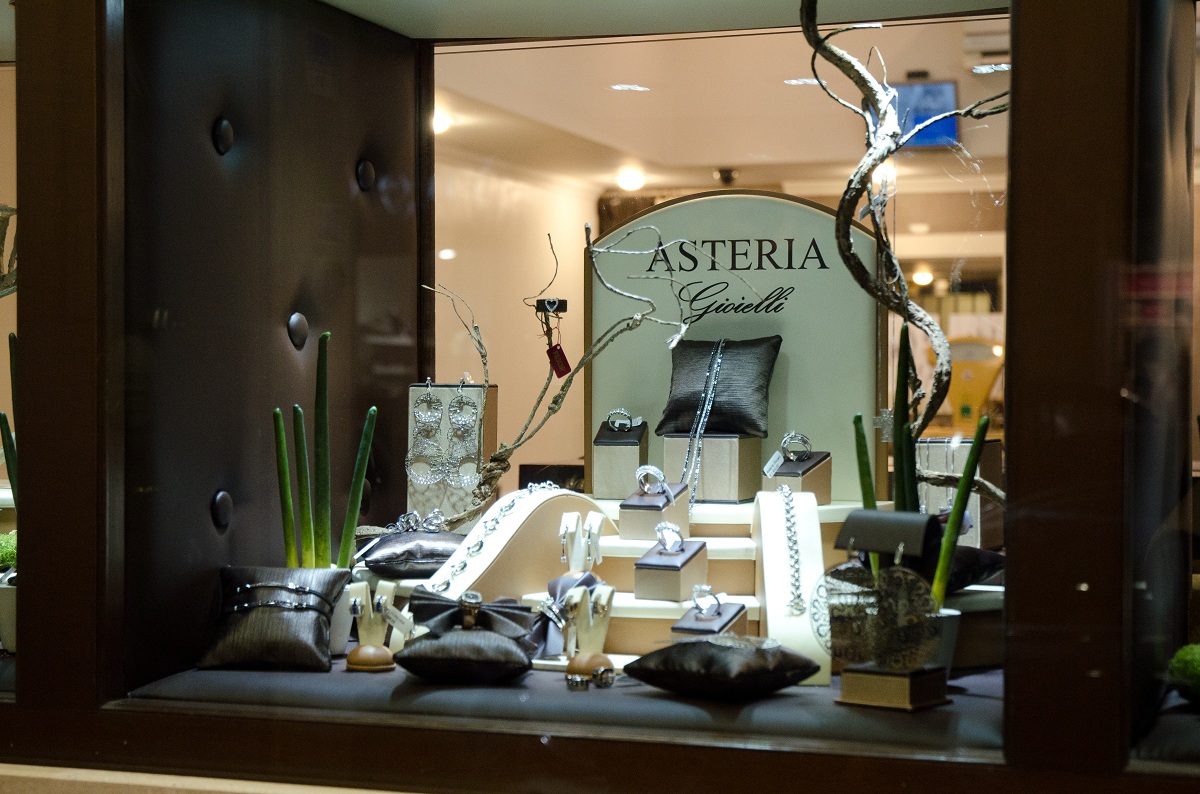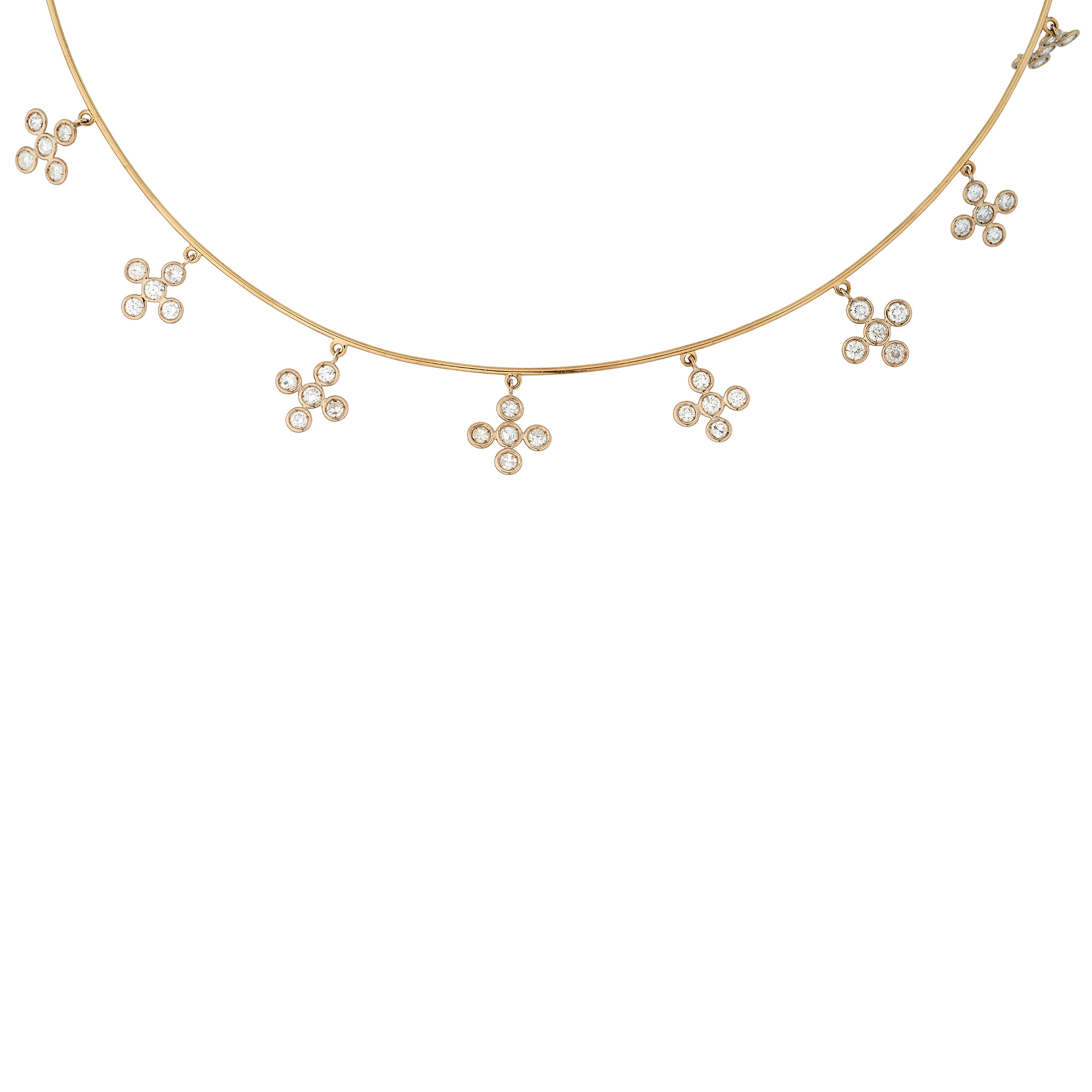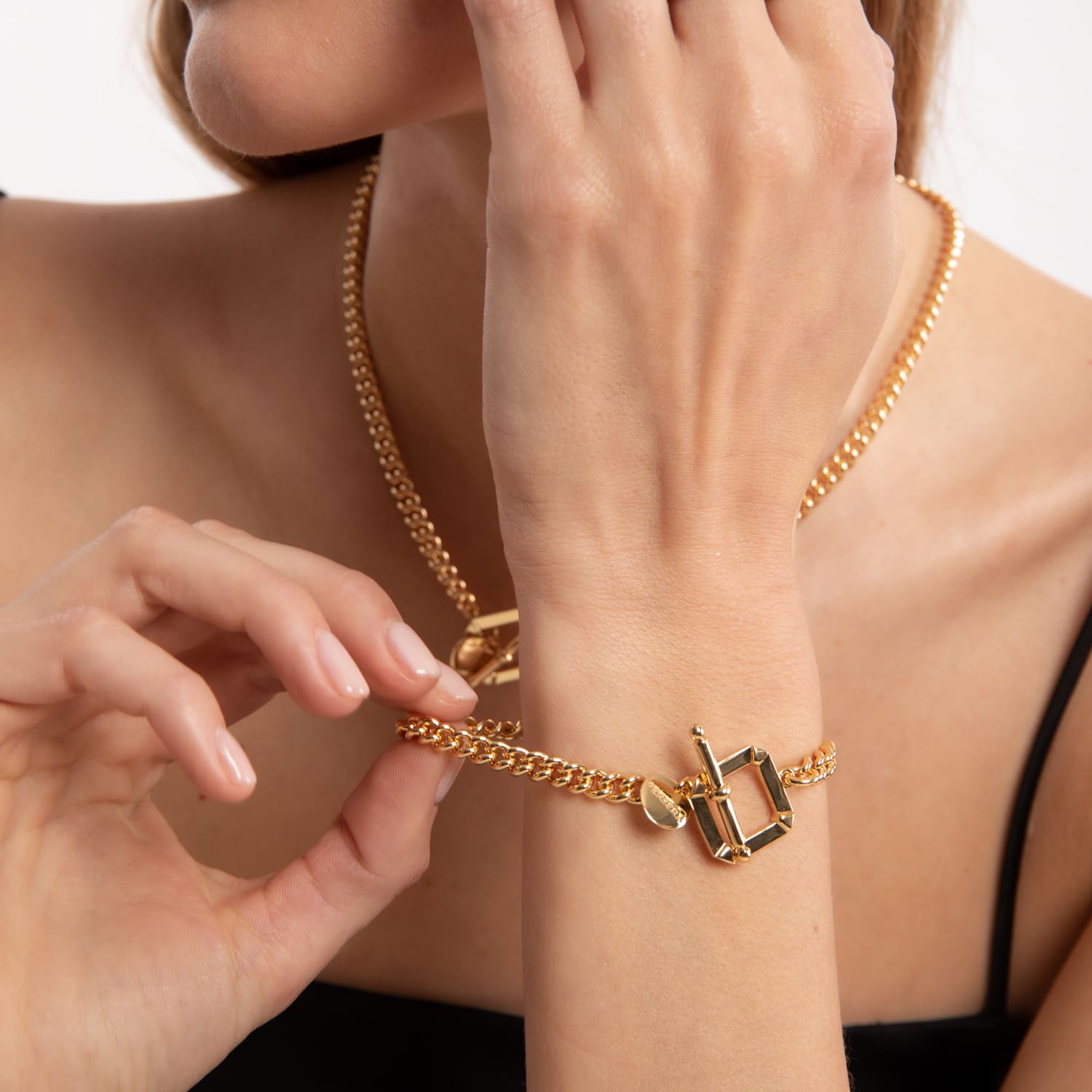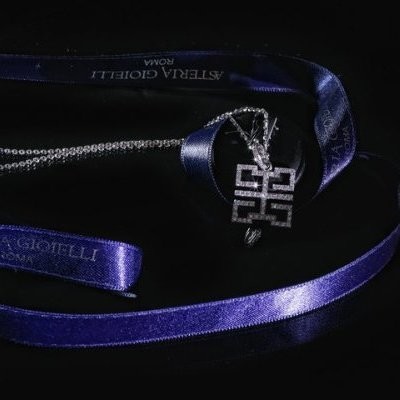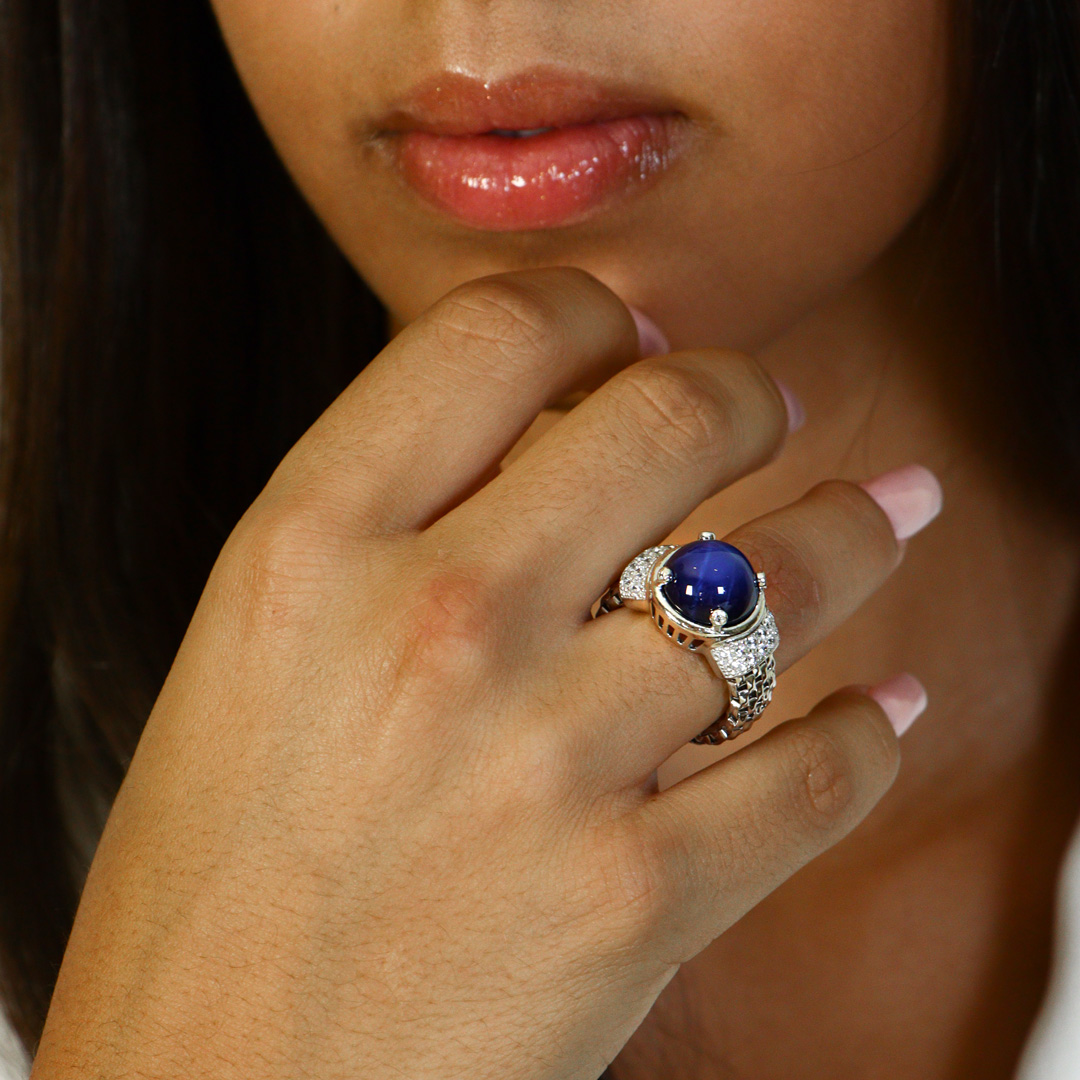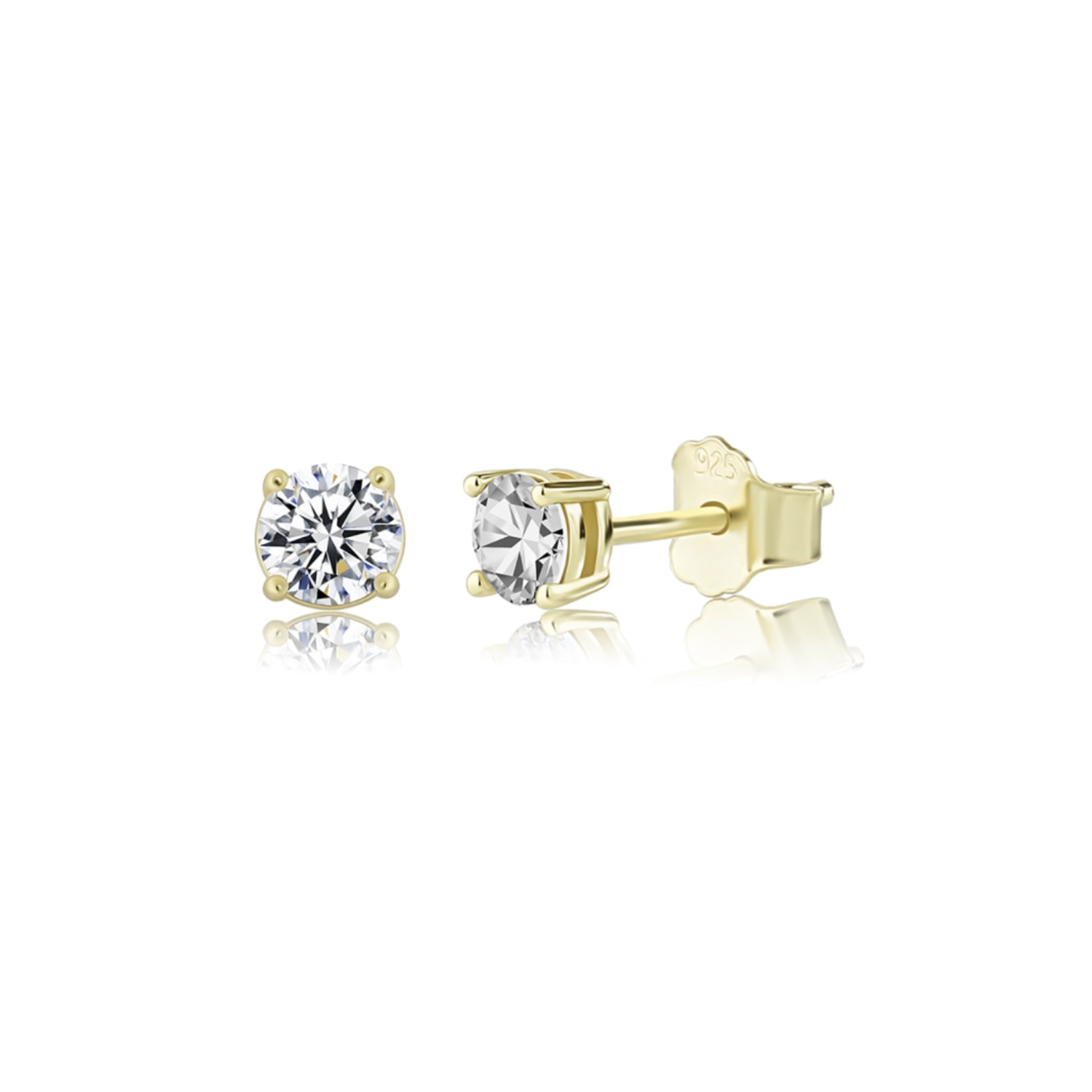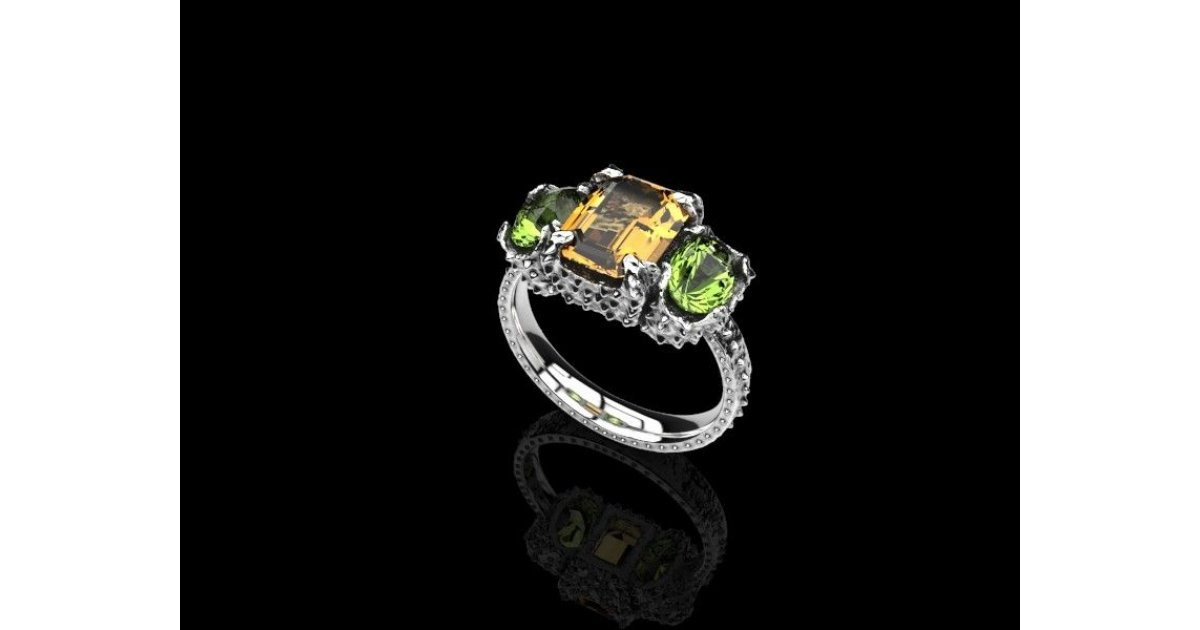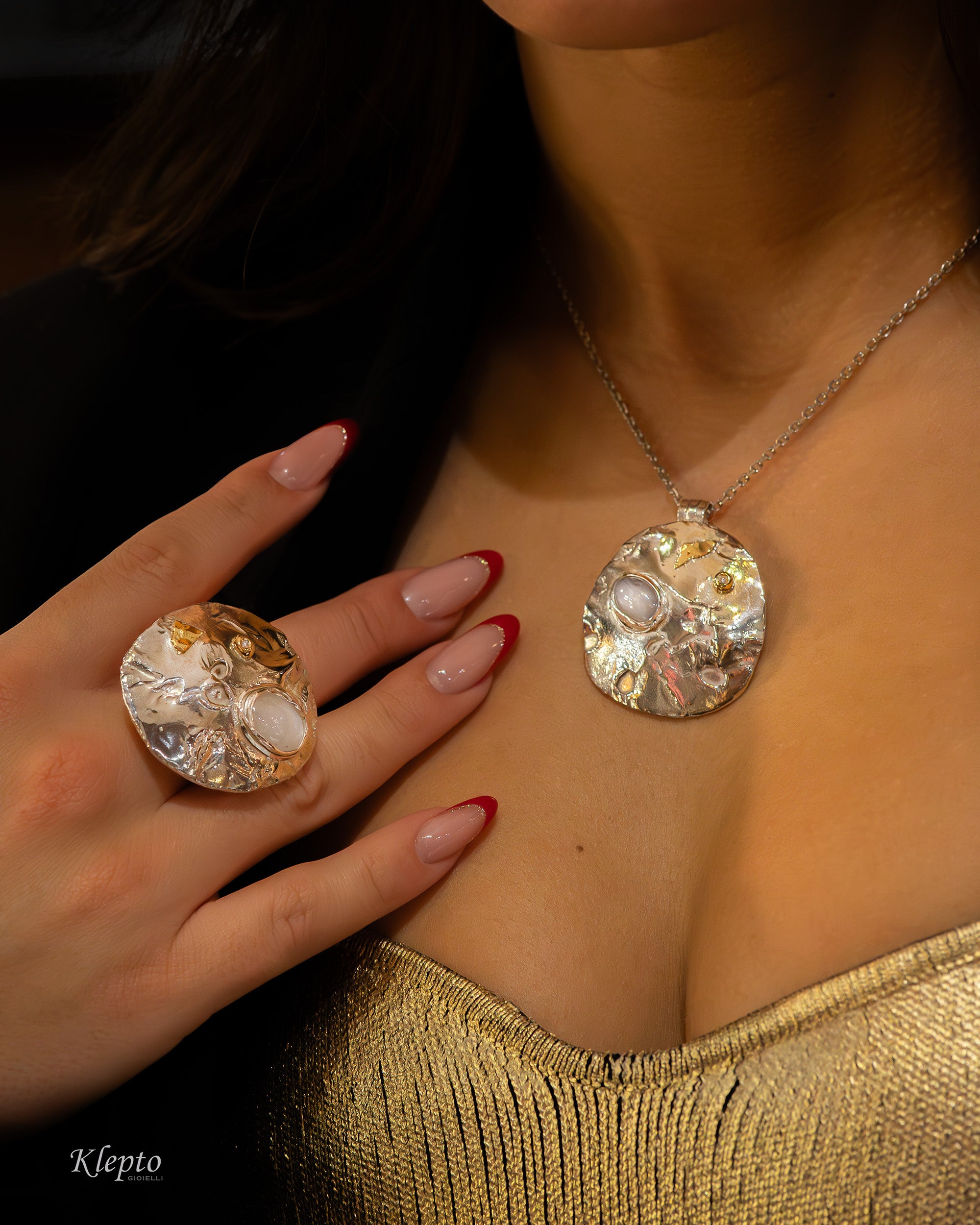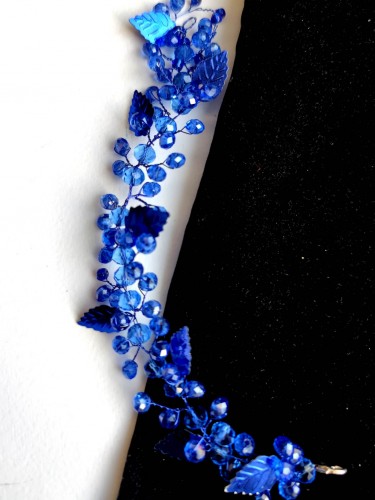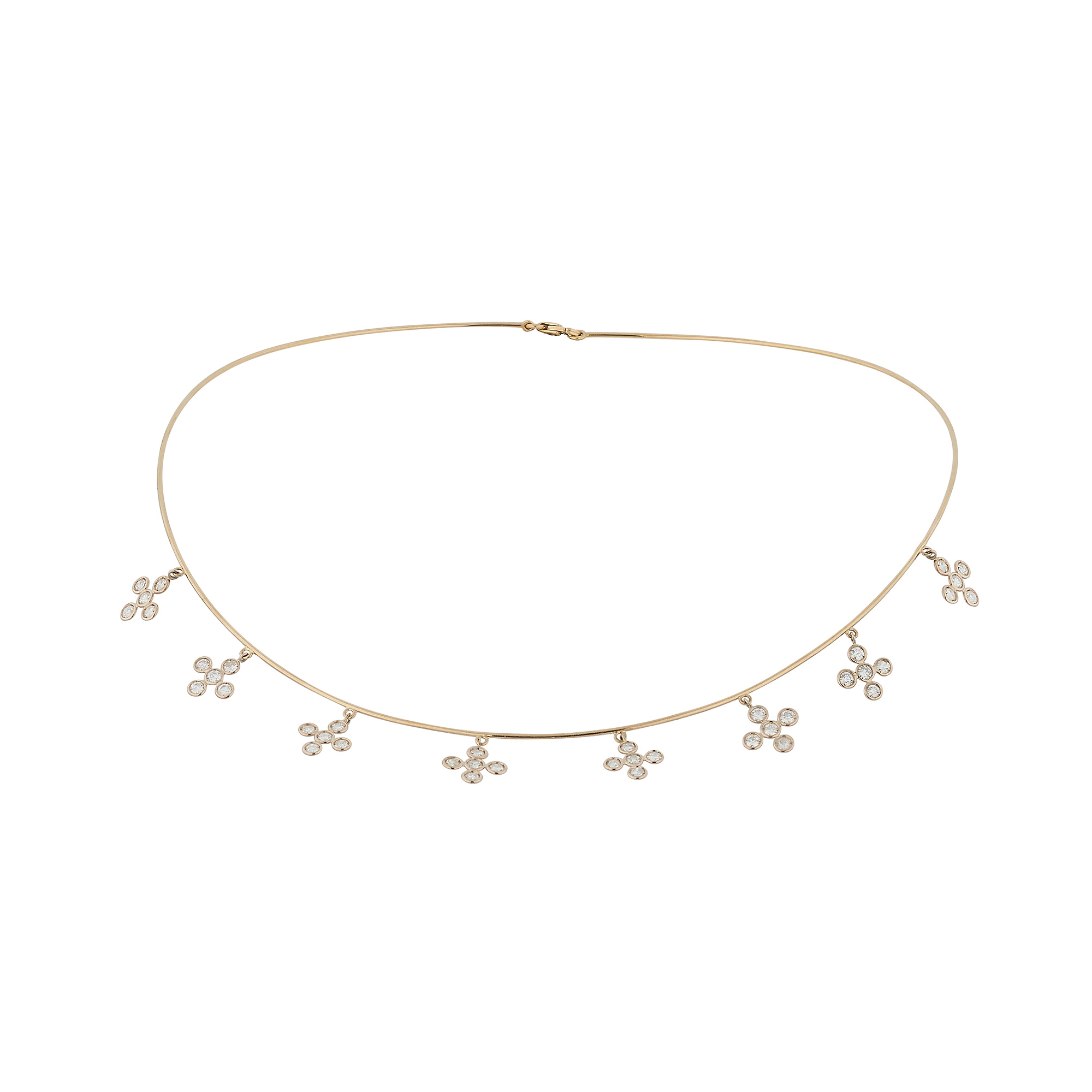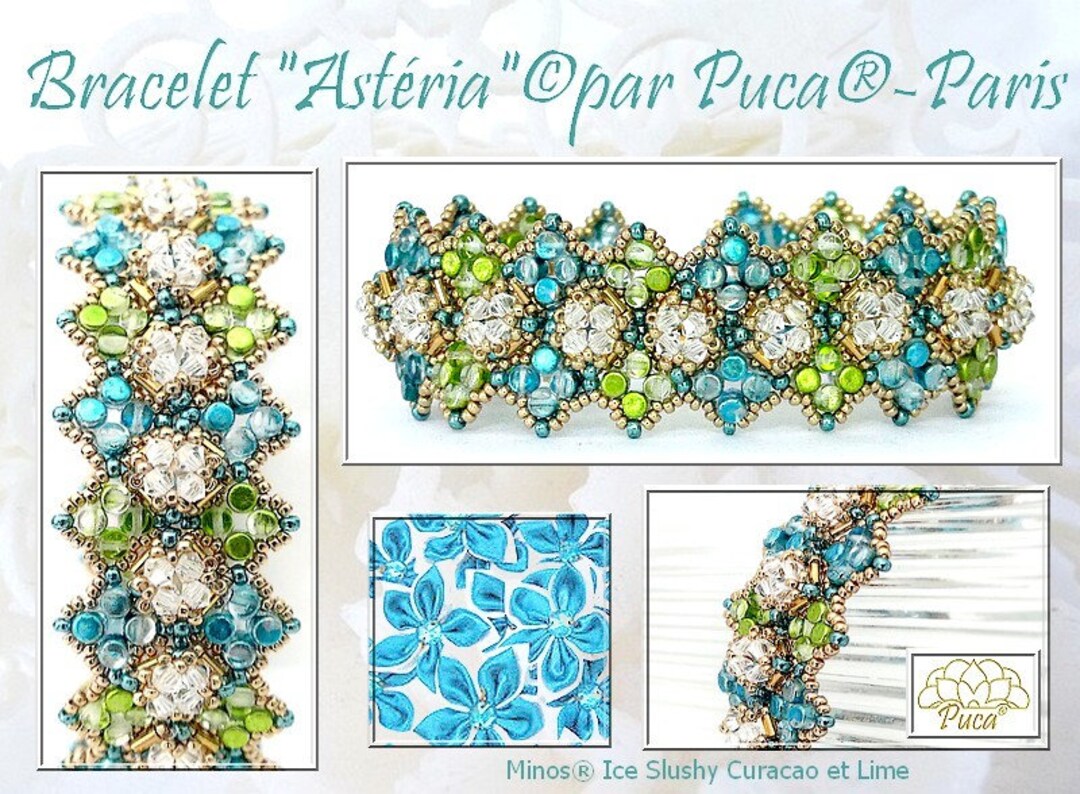
GRATUITO Modello braccialetto Asteria di par Puca Parigi, gratuito con acquisto di perline, NON acquistare, vedere l'elenco dei materiali e i dettagli dell'ordine nella descrizione - Etsy Italia

Asteria turchese foglia anello, anello fata, anello regolabile, dea gioielli, anello delicato oro rosa oro argento, gioielli Dainty Boho Chic - Etsy Italia

Anello in oro bianco con zaffiro asteria - Asta Gioielli - Maison Bibelot - Casa d'Aste Firenze - Milano




